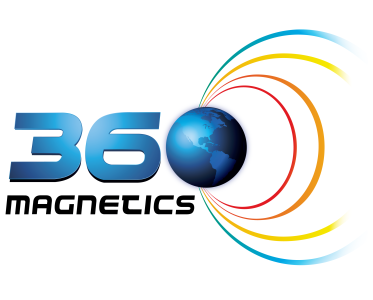- SmCo
- Cemented Carbides
- Hard Ferrite
- Soft Ferrite
- NdFeB
- Fe-Co
- Fe-Ni
- SmFeN
- Fe-Si
- Alnico, Austenitic steels
- Semi-hard materials
- Iron and Carbon steels
- Nano-Crystalline Alloys
- Amorphous alloys
- Bonded magnets
All materials are licensed
Choosing the correct magnetic material for your application is perhaps the most critical design decision that determines your product’s maximum performance and ultimate success. We help our customers make informed decisions regarding structural integrity, coercivity, energy product, cost, longevity, and the environment in which the magnet or assembly will operate. This information determines the best performing material for your application.
Neodymium (NdFeB)
Developed in 1982, Neo magnets are the strongest magnets available (in terms of energy product). Because of this, they are used in more products and industries than any other permanent magnet. While susceptible to degradation in water and with exposure to intense heat, these downsides can be mitigated through coating, encapsulation and the correct choice of coercivity.
Samarium Cobalt (SmCo)
While not able to match Neo in magnetic field strength, SmCo addresses the downsides of Neo for many applications. SmCo is not subject to quick oxidation and can withstand extreme temperatures. For more volatile environments, SmCo is usually a good choice of material.
Alnico (AlNiCo)
The oldest of the man-made permanent magnets, this material has a plethora of uses. While sacrificing the energy product of Neo and SmCo, Alnico is all but immune to oxidation and temperature – it can handle extreme environments and hold charge. Please keep in mind, certain grades can be detrimentally influenced by other magnetic fields.
Ceramic (FeO)
Ceramic (Ferrite) magnets are chosen mainly for cost. Used in everything from motors to dipoles, whenever a large amount of material is needed Ceramics should be looked at as an option.
